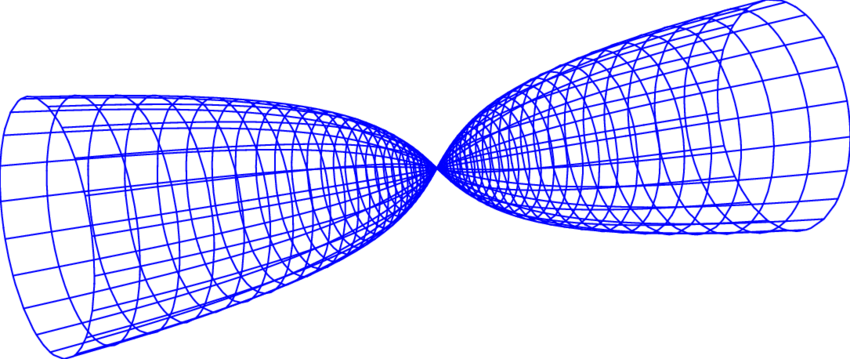Creating Fermions
Matter creation is the inverse process of particle annihilation. Bosons are massless. It is possible to create massive particles from massless photons for example through the conversion of massless particles into one or more massive particles. An example of this is two photons can create and electron-positron pair.
This mass creation takes advantage of the momentum conservation laws when two photons collide. The law of conservation of energy sets a minimum photon energy required for creation of a pair of fermions: this threshold energy must be greater than the total rest energy of the fermions created. To create an electron-positron pair the total energy of the photons must be a minimum of just over a mega-electron volt (MeV). The energy is turned into mass through the famous e = mc^2 equation and is an energy value that corresponds to soft gamma ray photons. The creation of a much more massive pair, like a proton and antiproton, requires photons with energy of more than 1.88 GeV.
Lev Landau first published calculations of the rate of e+–e− pair production in photon-photon collisions in 1934. It was predicted that the process of e+–e− pair creation (via collisions of photons) dominates in collision of ultra-relativistic charged particles—because those photons are radiated in narrow cones along the direction of motion of original particle greatly increasing photon flux.
Pair Production in Photon Collisions
Comments
Post a Comment